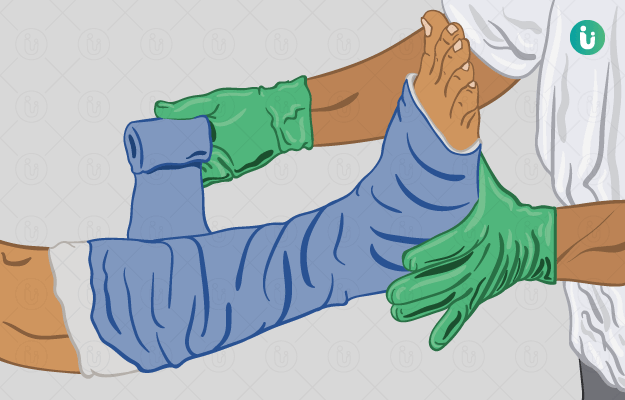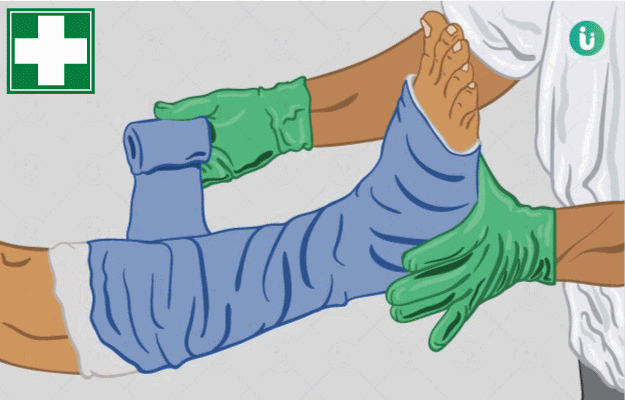What are fractured bones?
A crack or break in the bone is referred to as a fractured bone. Fractures can affect any bone and may be complete or partial. A fracture that does not damage the surrounding tissue is called as a closed fracture, while those which damage the tissue and penetrate the skin are called as open fractures.
Other types of fracture include :
- Stable fracture - bone ends are in one place mostly.
- Transverse fracture - horizontal fracture line.
- Oblique fracture - angled fracture line.
- Comminuted fracture – bones shatter in multiple pieces.
What are its main signs and symptoms?
The three most common signs of bone fractures are
- Pain
The lining of the bone (periosteum) is rich in nerve supply. On inflammation or swelling, these nerves cause severe pain. There is bleeding from the fractured part of the bone, which gets accumulated. - Swelling
The accumulation of blood and the reaction of the immune system to the injury results in swelling. - Deformity
It may occur due to the displacement of the fractured part. - If there is damage to a nearby artery, then the area becomes cool and pale. If the damage is to the nerve, there is numbness in the fracture area.
What are the main causes?
The common causes of fractured bones are:
- Trauma to the bone occurring due to a fall, accident or while playing sports like football results in the fracture of the bone which bears the maximum stress.
- Weak bones are more prone to fractures as in the case of osteoporosis. Since calcium is absorbed from the bone into the bloodstream, the bone density reduces.
- Stress fractures occur when you overuse a particular bone repetitively. Repetitive movement causes muscle fatigue which increases the stress on bones.
How is it diagnosed and treated?
Your doctor will examine the area thoroughly and check the extent of movement and inflammation of the involved body part. The doctor will also record your medical history, how the injury occurred and your symptoms. X-rays are the best diagnostic tool for fractures since they can show the type, extent and exact site of the fracture.
Cast immobilisation (preventing the movements of the joints above and below the fractured bone using cast), traction (pulling the broken pieces back to their place), external fixation, functional cast (cast that allows certain movements), external fixation with metal pins, screws and internal fixation with open reduction (bone pieces are brought together and a device is placed internally to hold the broken bones in place) are the methods used for the treatment of fractured bones.
Recovery takes few weeks to few months depending upon the extent of the fracture. Specific exercises with the help of physiotherapy will be needed to strengthen the muscles around the fracture.

 Doctors for Fractured Bones
Doctors for Fractured Bones  OTC Medicines for Fractured Bones
OTC Medicines for Fractured Bones
 Fractured Bones articles
Fractured Bones articles

 First Aid for Fractured Bones
First Aid for Fractured Bones


















